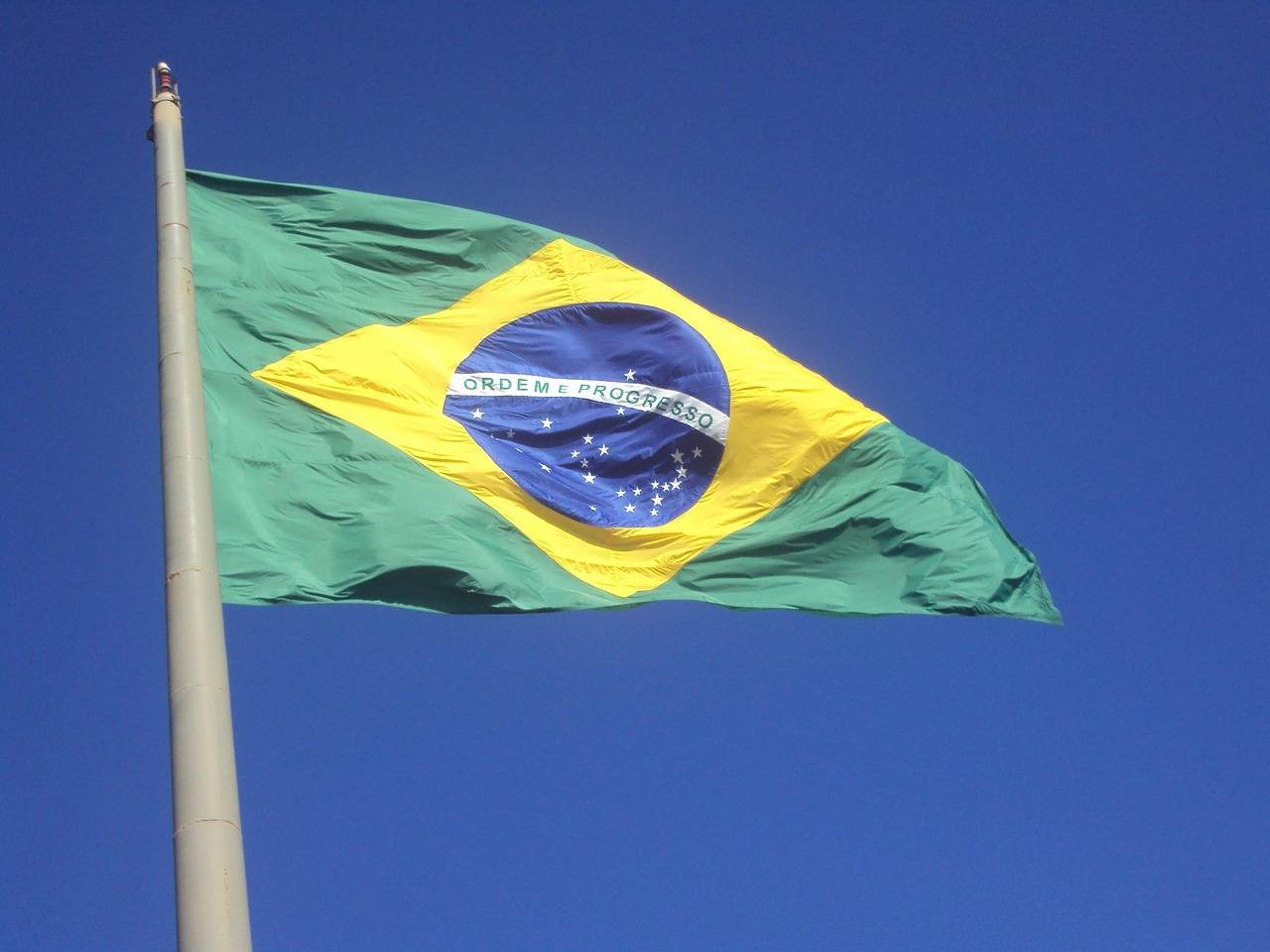This Sunday, the Church slows things down and enters back into a self-described Ordinary Time. All of the major feasts have passed, and believers are now invited to walk again with the Lord Jesus and re-hear his Gospel message of love and mercy. In order to mark the shift, the Church clothes herself in green, the color of hope and growth. Always a teacher, the Church takes on externally what believers should foster internally.
With this Ordinary Time, this season of growth, the Church uses the Gospel readings at Mass to highlight the basic teachings, parables, and miracles of the Lord’s public ministry. With this focus, the Gospel this weekend takes us to Cana.
The epiphany – which is the manifestation – of the Lord Jesus to the nations has always been seen as a triptych of events: the visit of the Magi, the baptism of the Lord, and the first miracle at Cana. Having celebrated the first two, the Church begins Ordinary Time with a visit to Cana of Galilee. Even as she concludes the series of epiphanies, the Church recounts a pivotal miracle of the Lord.
Why of all the events in the Lord’s life would the Church give us Cana? What essential lesson does this miracle hold for us today?
Saint John tells us that Jesus went to Cana for a wedding. He was there as a guest. Mary, his mother, was also there. She was one of the first to realize that the newly married couple had stretched themselves too thin and that they would soon run out of wine.
The same mother who tempered the Lord’s zeal when, at the age of twelve, he was ready to be about his Father’s business, now approached him with the oncoming embarrassment of the young couple and commanded that he do something. The Lord was hesitant, “My hour has not yet come.” Mary, however, was persistent. In her last recorded words in the Scriptures, she commanded the servants, “Do whatever [Jesus] tells you.”
In response to his mother’s promptings, and out of charity to the young couple, the Lord works his first public sign. In doing so, he is beginning his saving work as the Anointed One. By this powerful and inaugural miracle, Jesus is applying the graces of his Paschal Mystery to marriage itself and elevates it to the dignity of a sacrament.
This is an inspiring action for all those called to Holy Matrimony. But the miracle has another lesson for all people of goodwill, whether they’re called to marriage or not. And what is this lesson?
The first miracle, a beautiful nuptial miracle, is the changing of water into wine. The water, however, was not regular water. No, it was the dirty water that was used for the practical and ritual washing of the feet of guests as they arrived from their diverse methods of travel.
Many of the guests would have walked in sandals and there would have been dirt, mud and animal feces on their feet. All of this would have been washed clean by specific barrels of water. It was precisely these barrels, cared for by the steward of the feast, that the Lord used for his first miracle.
The Lord’s miracle turned this foul water into the choicest of wines. Beyond the miracle, which would have been unknown to many, the guests were shocked that the best wine was served last. The popular custom, born from prudence, would have called for a lower quality of wine to be served last since the wedding guests would be tipsy and less attentive to the degree of wine.
The Lord, however, surprises everyone. Not only does he turn water into wine, but he turns revolting water into the best wine.
This observation gives us the more pressing lesson: As with the water to wine, so the Lord can turn any darkness into light, any brokenness into something beautiful, and any sin into an occasion of grace. Falleness can be raised to unimaginable heights in Jesus Christ. In the sign of Cana, Jesus shows himself to be the Lord of second chances and the God of a new creation.
Cana reminds all people of goodwill that we are not the sum total of our sins. The miraculous wine offers us the delight of a new awareness and a new opportunity to start over.
And so, the epiphany series comes to a crescendo and Ordinary Time has begun. We are taken to Cana and shown a miracle. In this event, a new beginning is opened to us.
What will we do with it?

















